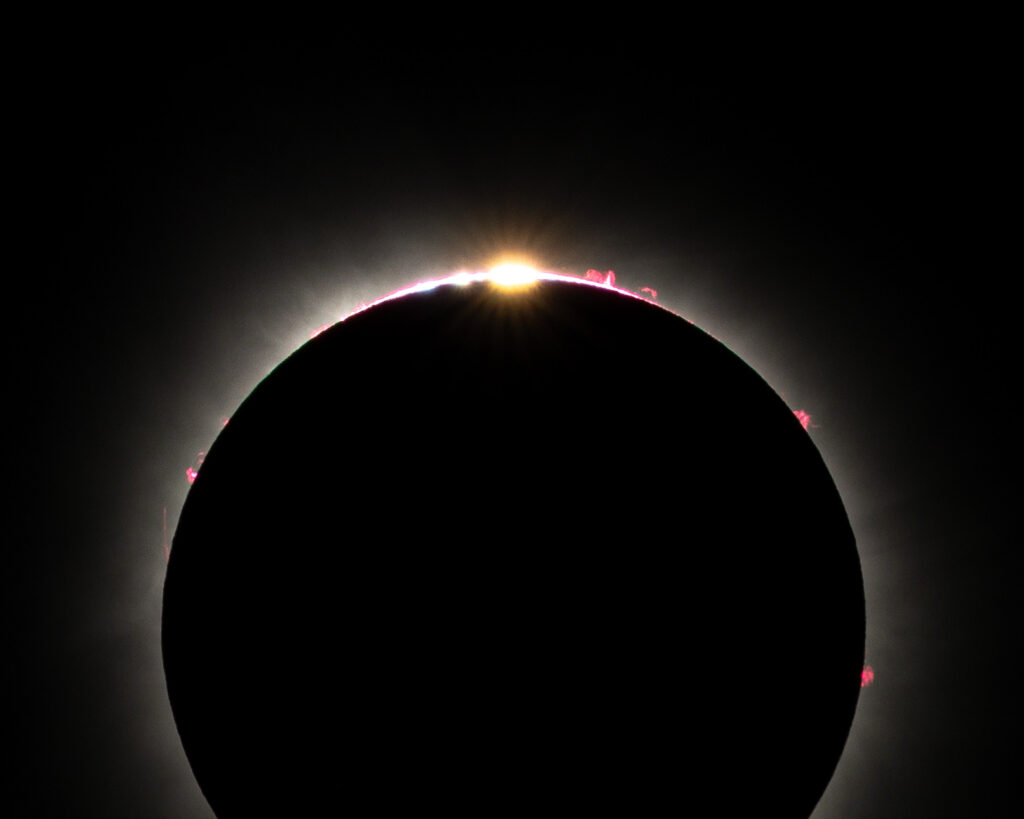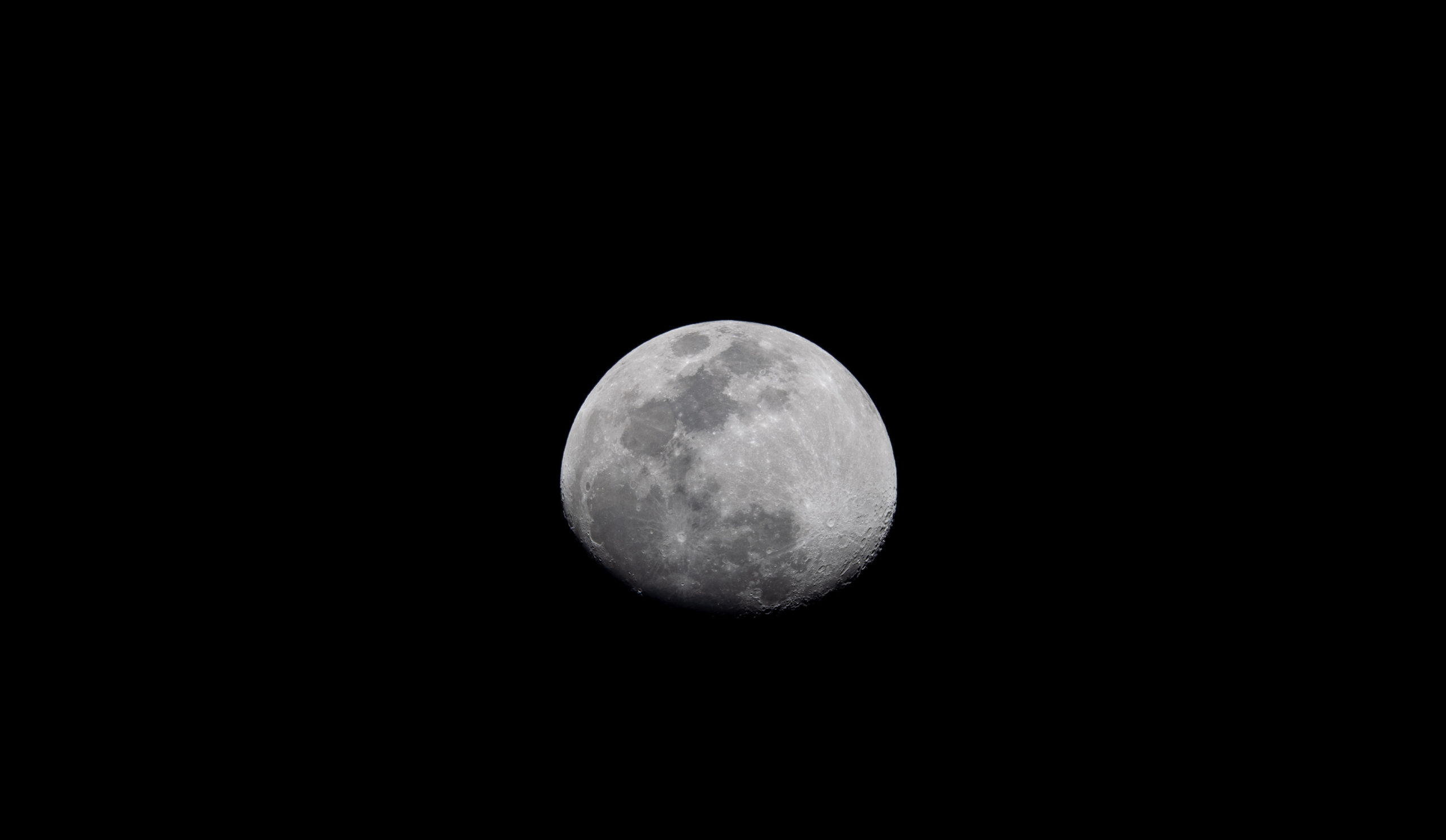Welcome to the ultimate guide on astronomical definitions! As an astronomy enthusiast, understanding key terms and concepts is essential for exploring the mysteries of the universe. This article will provide clear explanations of important astronomical definitions, events, and phenomena to deepen your knowledge.
Let’s dive in!
Sunrise and Sunset
Sunrise and sunset mark the beginning and end of each day. At sunrise, the upper edge of the sun’s disk becomes visible as it rises above the horizon. Sunset occurs when the sun disappears below the horizon.
The exact timing of sunrise and sunset depends on factors like latitude, season, and location. Sunrise occurs earliest near the summer solstice, while sunset is earliest near the winter solstice. Equatorial regions experience the fastest transitions from day to night.
Solar Noon
Solar noon is when the sun reaches its highest point in the sky and crosses the local meridian. This instant marks the midpoint of the sun’s journey across the sky. Solar noon often differs from 12 PM civil time due to time zones and Earth’s rotation.
Twilight
Twilight refers to periods of illumination before sunrise or after sunset when the sun is below the horizon. It is categorized into 3 main phases:
- Civil Twilight: Occurs when the sun is 0° to 6° below the horizon. Outdoor activities are possible without artificial lighting.
- Nautical Twilight: Sun is 6° to 12° below horizon. Horizons and stars are visible for navigation.
- Astronomical Twilight: Sun is 12° to 18° below horizon. Transition period to nighttime darkness.
Moonrise and Moonset
Similar to sunrise and sunset, moonrise is when the moon becomes visible above the horizon. Moonset is when the moon disappears below the horizon. The moon rises in the east and sets in the west each day due to Earth’s rotation.
Lunar Phases
As the moon orbits Earth, we observe different fractions of illuminated lunar surface. Lunar phases include:
- New Moon: Moon is aligned between Earth and sun. Lunar disk appears dark.
- First Quarter: Half of the moon’s disk appears illuminated. Marks transition from new moon to full moon.
- Full Moon: Entire lunar disk appears fully illuminated. Occurs when Earth is between the moon and sun.
- Last Quarter: Half of the moon’s disk appears illuminated. Marks transition from full moon to new moon.
Eclipses

Eclipses occur when the Earth, moon and sun align. A solar eclipse happens when the moon blocks sunlight from reaching Earth, while a lunar eclipse occurs when the Earth obscures sunlight from reaching the moon.
- Total Eclipse: The Moon or Earth’s shadow completely blocks the Sun or Moon.
- Annular Eclipse: The Moon is farther from Earth, so it looks smaller and doesn’t fully cover the Sun, leaving a bright ring.
- Partial Eclipse: Only part of the Sun or Moon is hidden during the lineup.
- Hybrid Eclipse: Changes between total, annular, and partial phases in a single eclipse.
Equinoxes and Solstices
Equinoxes and solstices mark important seasonal transitions:
- Equinox: Occurs twice a year when Earth’s axis is tilted neither away nor towards the sun. Equinoxes mark the start of spring and autumn.
- Solstice: Occurs twice a year when Earth’s axial tilt is at a maximum toward or away from the sun. Solstices mark the start of summer and winter.
- Summer Solstice: Longest day and shortest night in the Northern Hemisphere. Happens around June 21.
- Winter Solstice: Shortest day and longest night in the Northern Hemisphere. Occurs around December 21.
Conclusion
This guide covers the key astronomical definitions and events that govern our view of the cosmos. Familiarizing yourself with these terms is the first step to gaining a deeper appreciation of the elegance and wonders of our universe. Keep exploring the skies!
